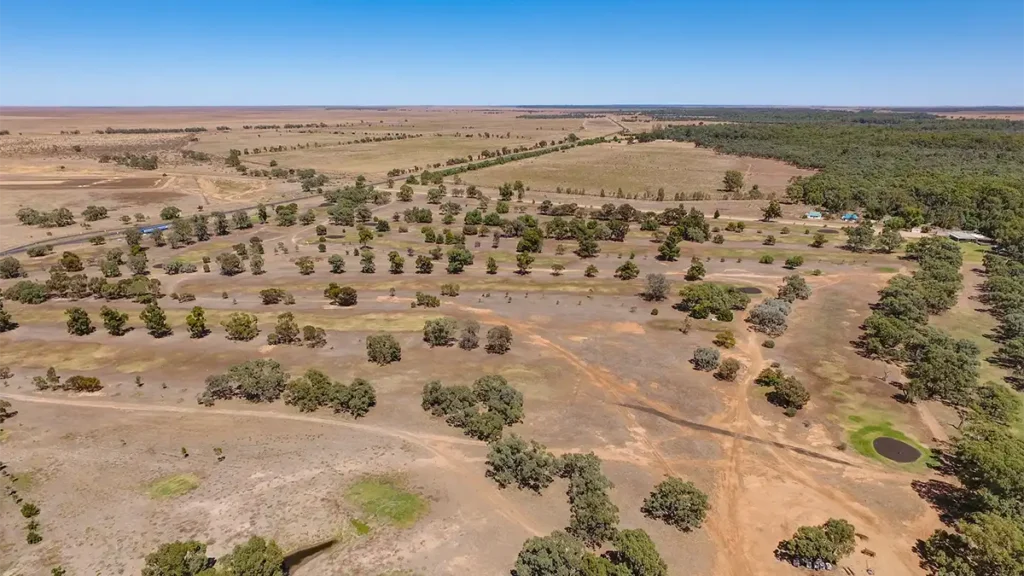Tee it high and let it fly. It’s one of golf’s most eye-rolling clichés. The higher you tee the ball up, the further it will go. Teeing the ball very low, on the other hand, is commonly understood to be a go-to method for getting the ball in play. But does tee height really make a difference with distance and accuracy?
Our test
To determine the effects of tee height, a Golf Digest staffer and +2 handicapper, Drew Powell, hit five drives each with three separate tee heights: low, medium and high. We measured ball speed, carry distance and dispersion using Foresight Sports’ GCQuad launch monitor. We determined the respective tee heights using the lines on the tees.
What we found
Low tee
Avg. ball speed: 175.2mph
Avg. carry: 281.6 metres
Avg. dispersion: 15.9 metres off centre
Medium tee
Avg. ball speed: 175.6mph
Avg. carry: 278.5 metres
Avg. dispersion: 23.6 metres off centre
High tee
Avg. ball speed: 176mph
Avg. carry: 291.7 metres
Avg. dispersion: 24.5 metres off centre
What does it mean
After testing three different tee heights, our findings confirm that as tee height increases, so too does the average ball speed. The lowest tee height produced the slowest average ball speed (175.2mph), while the high tee resulted in the fastest average ball speed (176mph).
While this small difference in ball speed might suggest only a modest increase in distance as the tee height gets taller, we also observed a substantial increase in carry distance, from averaging 281.6 metres with the low tee to 291.7 with the high tee. This 10-metre increase is due to a more upward angle-of-attack with the high tee, resulting in a higher ball flight and more carry.
When we look at dispersion, however, we notice that as the tee height increased, the dispersion increased as well, averaging 15.9 metres off centre with a low tee, 23.6 metres off centre with a medium tee and 24.5 metres off centre with a high tee. Looking closer, the high tee produced the biggest miss of all three tees, with one drive travelling more than 50 metres offline.
It is worth noting that we did not take out any outliers from our data, as we believe that the outliers – due to poor swings – make an important point about the tee height. How does a poor swing get punished with a low tee vs a high tee? We observed that as the tee height got taller, the poor swings were punished more, with balls travelling further offline. However, the good swings with higher tees had a faster ball speed, furthest carry and finished quite close to the centre line.
Which brings us to a subtle nuance worth noting. While our test confirmed that higher tees produce more distance but less accuracy on average, most drives flew just as accurately with a higher tee than a lower tee. It was the poor swings with a high tee that produced very big misses, especially when compared to a low tee.
Verdict
The cliché holds true. Teeing the ball higher does increase carry distance, but brings a bigger miss into play as well. Meanwhile, a lower tee takes off with a slower ball speed and flies shorter. But a poor swing using a lower tee also flies straighter than one with a higher tee.






